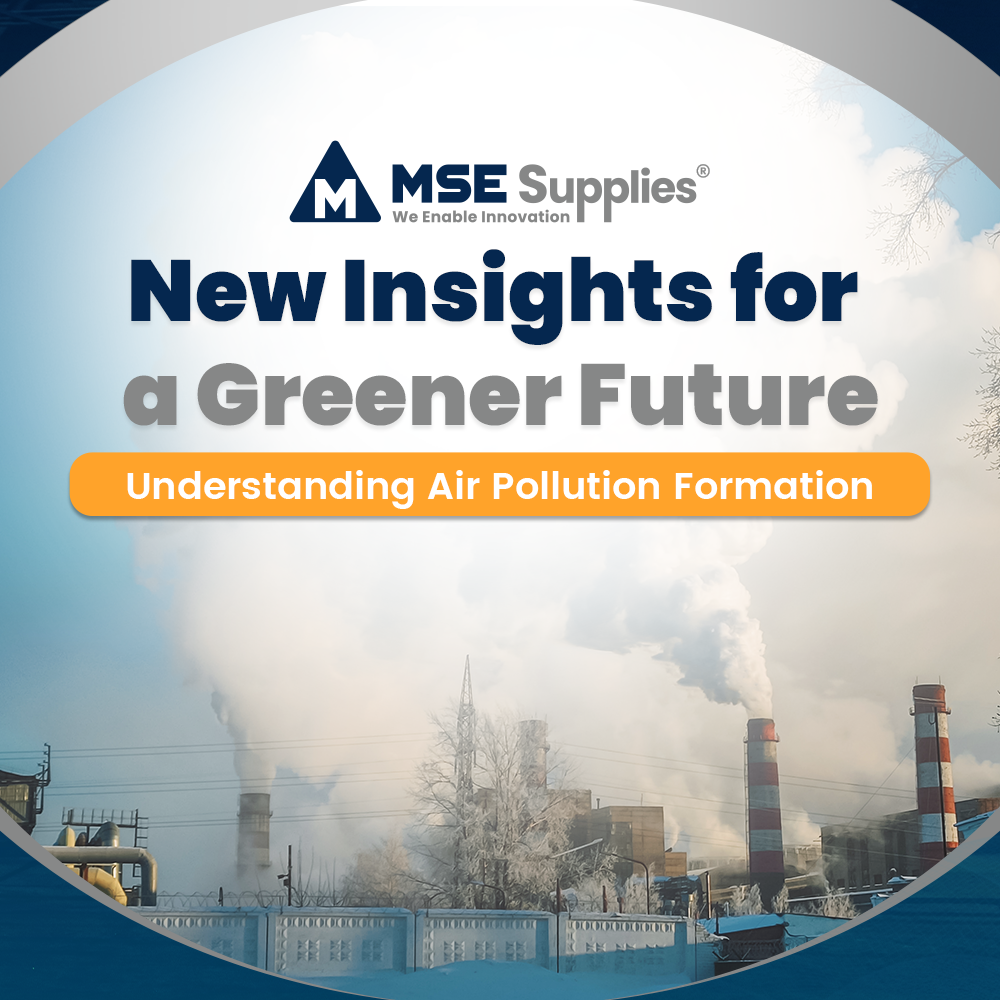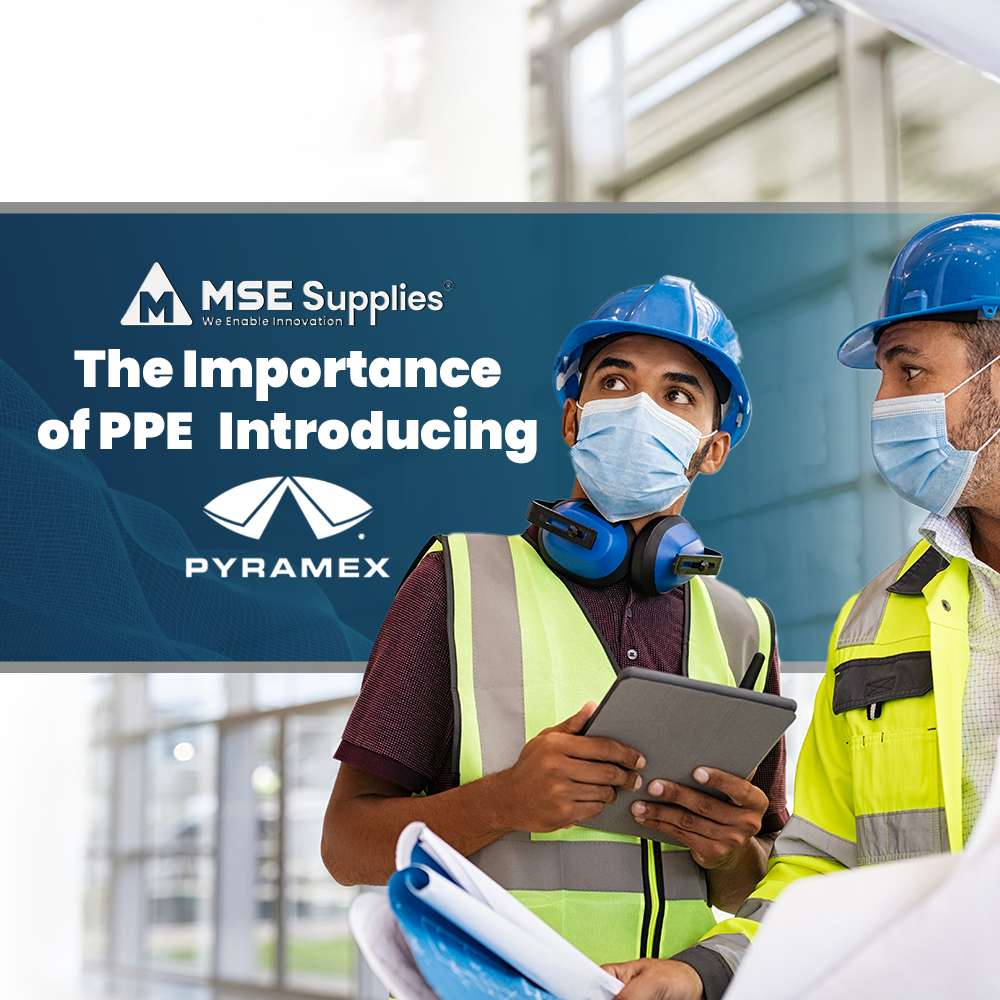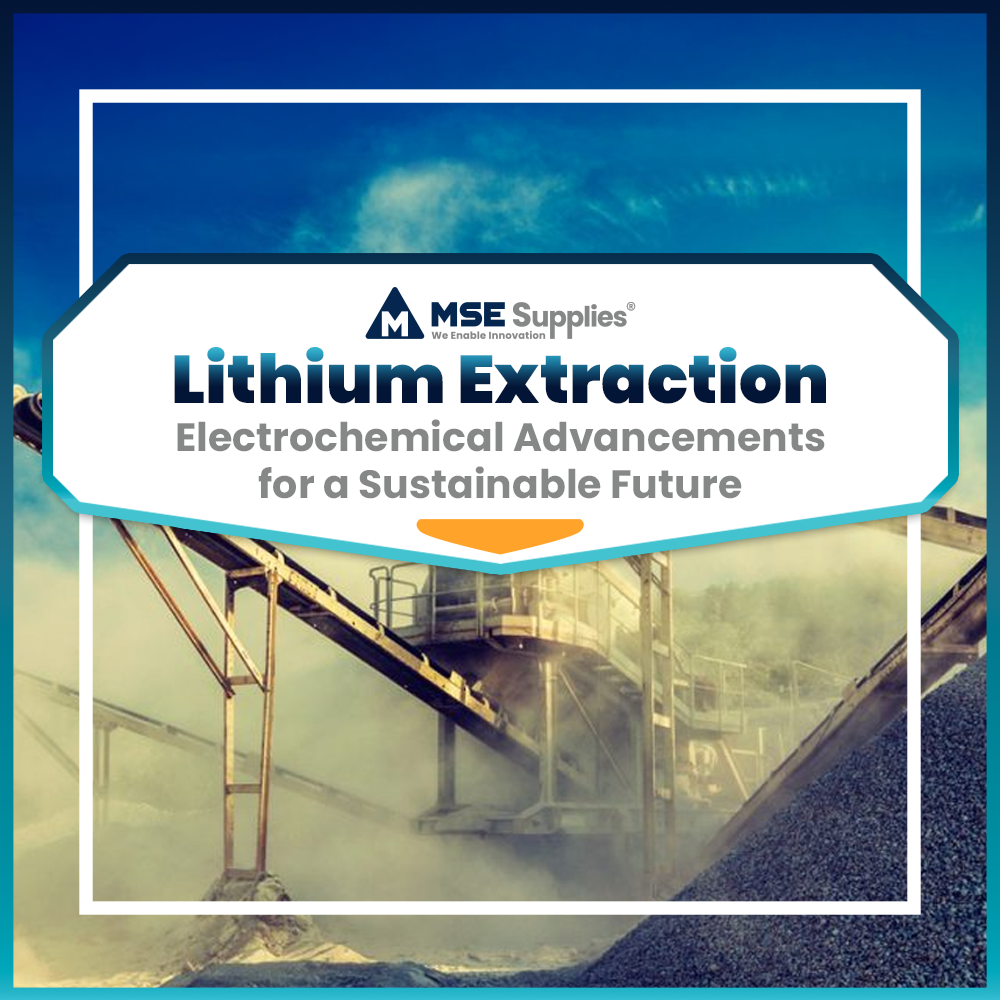Ceramic Materials used in the Semiconductor Industry, an interview with Morgan Advanced Materials
Posted by MSE Supplies on
Custom ceramic parts can be designed, manufactured and supplied to you by MSE Supplies.
http://www.msesupplies.com/collections/customization-services
------------------------------------------------------------------------------------------------------------------------------------------
Reported by G.P. Thomas of AZoM
David Slutz, Technology Manager & CMP Business Unit Manager at Morgan Advanced Materials, talks to AZoM about ceramic materials and their use within the semiconductor industry.
GT - How are ceramic materials traditionally utilised in the semiconductor industry?
DS - Ceramic materials are used in a variety of harsh processing environments where dimensional stability is needed over a range of high temperatures, or where resistance to chemicals and corrosion is required. Additionally, their ability to be adjusted or changed for resistivity requirements makes them very versatile materials. Ceramics for semiconductor applications are high in purity with low levels of trace metals. This means they can constitute either the process chamber material or interior process surfaces for CVD, PVD, plasma etching and ion implanting where their strong dielectric properties are highly beneficial. In other applications, properties of high wear resistance, hardness, light weight, strength and electrical resistance are utilised. These materials have such a broad range of attributes that modern semiconductor processing cannot be accomplished without them.
GT - What are some of the common ceramic materials used and what beneficial properties do these have?
DS - Alumina and yttria are typically used for chamber components, while alumina and aluminium nitride are typically used for electrostatic chucks in chamber interiors. In etching, CVD and PVD processes, they offer excellent dimensional stability alongside the ability to withstand a corrosive environment.
These products are mostly metal oxides, but there are also other advanced technical ceramics including carbides and nitrides. These include materials such as silicon carbide (SiC) and pyrolitic boron nitride (PBN). SiC manufactured using a Chemical Vapour Deposition (CVD) process yields the highest performance SiC available. This material offers high thermal conductivity and stability in extreme thermal and chemical environments, making it ideal for use as showerheads in etch applications and rings in rapid thermal processing (RTP) applications. PBN is primarily used for crucibles in metal oxide (MOCVD) deposition tools.
GT - Could you explain the need for an ‘end effector’ in wafer processing and the properties this must possess?
DS - End effectors constitute the end of the robot arm which handles and moves the semiconductor wafer between positions. It’s basically the robot’s hand so it is important that it be thermally and dimensionally stable and not contaminate the chamber with particles or chemical contaminants.
.jpg)
GT - What are some of the major benefits of using aluminium oxide ceramics for this application rather than aluminium metal?
DS - Ceramic end effectors are used for their stiffness and high strength, meaning the robot arm settles to its final position faster than with aluminium. Additionally, the robot’s motion itself is faster, optimising positioning accuracy and increasing efficiency.
GT - What aspects need to be considered when choosing a material for a chamber lining for the deposition process?
DS - The ceramic material is chosen based on the deposition chemistry to which it will be exposed. For example, if plasma is used, a minimum 99.5% alumina must be used.
The same consideration of gas chemistry is needed for determining the interior materials for plasma etch processes. If an anodised aluminium or alumina chamber is used with fluorinated gases or oxygen plasma then an yttria coating may be used on the anodised aluminium walls to prevent chemical attack. Yttria has superior erosion resistance and low particulation compared with alumina or thermal spray alumina coating.
GT - Could you describe the recent application of textured coatings within CVD chambers?
DS - Textured coatings have been successful in CVD chambers and are now being tested in PVD chambers as well. A new process developed for alumina texturing yields a rounded morphology that is optimal for strong adhesion of residual deposits to alumina chamber parts, preventing the release of particles into the chamber. Furthermore, the process, dubbed ‘Sharkskin’, ensures the textured layer is covalently bonded to the alumina chamber components such that the textured layer is not a ‘mechanically’ bound layer subject to delamination from thermal or chemical stresses.
It’s possible that similar developments could be made for yttria coatings. There are already yttria coatings for fluorine etch which are covalently bonded to the alumina surface. It is expected that that this material can also be developed with rounded morphology, but the technique has not yet been developed.
GT - Could you explain the benefits and applications of a metal matrix composite (MMC) material?
DS - This is an interesting material, basically alloying ceramics with metals. One current example involves combining aluminium with SiC. One of the objectives of this technology is to match the thermal coefficient of expansion of alumina where a layer of aluminium/SiC attached to an alumina part increases the thermal conductivity and acts as a heat spreader. Applications are being considered for heated electrostatic chucks, but there are other applications as well.
Another MMC consists of SiC or B4C in a matrix of silicon which combines high strength, oxidation resistance, and high wear resistance and is used in applications such as chemical processing, wear parts and armour. Other options include a zirconia-based material for applications such as orthopaedics and rocket nozzles.
GT - What materials are commonly used as MOCVD susceptors?
DS - A susceptor is made of a material that can absorb energy by conduction or radiation and turn it into heat. For epitaxial deposition by MOCVD on III-V or GaN semiconductors, susceptors are needed to heat the wafer during the process. Metals can be good susceptors because of their thermal conductivity. However, at high temperatures metals deform and are also reactive so can contaminate semiconductor devices. Instead, therefore, SiC is used.
.jpg)
SiC coated graphite may be used at lower temperatures for GaAs applications, but at high temperatures near 1350˚C and in corrosive ammonia conditions needed for LED processes, monolithic CVD SiC is used. The CVD SiC is more expensive, but the improvement in yield and lifetime makes it a better investment in these extreme conditions, as the layers of an SiC coated part will eventually delaminate when the SiC layer is compromised and the underlying graphite will be destroyed. CVD SiC has excellent dimensional stability at high temperatures, can withstand the thermal shock needed for high heat transfer rates and has high thermal conductivity.
GT - Are there additional uses for monolithic SiC parts?
DS - Yes, the integrity of an entirely CVD SiC is required wherever high temperatures are needed in combination with a corrosive chemistry. For chlorine and fluorine etch chambers, the so called ‘shower head’, which distributes the gas uniformly into the plasma process comprises of monolithic CVD SiC. The part needs to be semi-conductive to meet the requirements of the plasma process and currently these parts are being made cost-effectively in monolithic SiC grown to a thickness as high as 11.5 mm. This is an important milestone thickness needed for some applications.
GT - How can coatings be used to improve the performance of ceramic materials?
DS - Several coatings have already been discussed, such as textured ceramic coatings used for particulate contamination control. For electrostatic chucks, spray alumina coatings are used as the insulator layer over electrodes that have been embedded in a monolithic alumina chuck. It is the electrical specification of the insulator overlaying the electrodes that produces the electrostatic attractive force that holds the wafer in place in a vacuum process.
However, a completely new application in coatings has arisen recently in ESC technology. To protect the electronic layers (insulator and electrodes) from wear as the wafers pass over them, a diamond-like carbon film is applied as the top layer of the chuck. An ESC can withstand about 80,000 wafer passes before the continuous wear on the alumina surface starts to damage the electronic layers. At that point the ESC is sent for refurbishment. However, it is more cost-effective to coat the ESC (either after its original manufacture or when sent for refurbishment) with diamond-like carbon which is used as a sacrificial wear layer so that it is not the underlying electronic layers that are wearing away. The ESC must be sent for refurbishment about as often, so the mean time between maintenance (MTBM) is the same, but the ESC electronic layers are protected and the chuck enjoys a longer service life. Because the diamond-like carbon needs to maintain the electrical properties of the chuck, the resistivity of this layer has to be precisely controlled to a value that depends on the ESC specifications. Refurbishing companies have a high degree of expertise in ensuring these values to semiconductor manufacturers, so even if the original chuck was not originally designed with a diamond-like carbon coating, the coating can still be added at the refurbish step.
A variety of other coatings are also available, each offering different performance attributes. These include an anti-wetting coating boasting strong hydrophobic properties; a 99.9% yttria coating offering strong resistance to plasma; a charge-dissipating titanium magnesium coating whose performance rating can be tailored to the application; and CVD diamond coatings, used on CMP conditioners but also high-wear applications such as pump seals.
GT - Are there other advancements in ceramics, concerning which manufacturers may not yet be aware?
DS - Yes. There is also another new technology coming to market for heated electrostatic chucks. Current technology uses Aluminium Nitride (AlN) heaters which are restricted to operating temperatures below 450˚C. Alumina heaters are showing promise at temperatures up to 800˚C. This will give process equipment manufacturers new process regimes to operate within. We expect this product for ion implant processes to come to market in the second half of 2014.
For further information, please visit http://www.morganadvancedmaterials.com
About David Slutz
Dr. David Slutz received his M.E degree in material science and Ph.D. in ceramic engineering from Iowa State University. He has twenty-eight years of experience in the development of products for Aerospace, Automotive, Woodworking, Oil & Gas, Mining, Semiconductor, and LED. During Dr. Slutz’s career he has developed a wide range of diamond and cubic boron nitride products on high pressure high temperature (HP-HT) apparatuses such as belt press, cubic press, and piston-cylinder press. In addition, to his experience in HP-HT product development, Dr. Slutz also has experience in the development of CVD diamond products using hot filament and microwave technologies. He has been granted twenty-three USA patents and coauthored numerous papers. Dr. Slutz currently holds a position of Technology Manager and CMP Business Unit Manager for Morgan Advanced Materials- Diamonex division.
Date Added: Oct 2, 2014 | Updated: Jan 19, 2015
Share this post
- Tags: Ceramic parts, customization



